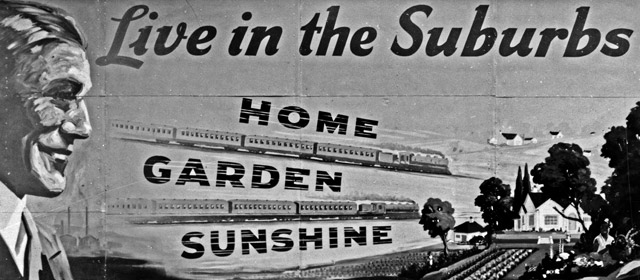
Ah well, the Budget. I am of course delighted that the Lib Dems have managed to keep their promise to make the first £10,000 we earn free of tax - which really is the kind of tax cut that can help the lowest paid.
Equally I am pretty horrified at the planning permission for another nuclear energy white elephant, but relieved that it will probably never be built - it is just too expensive.
But what bothers me most in the budget is the likely side-effect of the help for people to buy homes. Help like this can only increase the cost of homes another notch, and make them that much less affordable for the next generation. It is a frightening thought that, if the average UK home was to rise in value in the next 30 years like it has in the last, our children will face homes costing £1.2 million on average by 2043 - and I am quite sure wages won't rise that fast.
This is very important, and not just because the Westminster elite seems to be unable to grasp policy levers that don't simply replicate the conditions of the last bubble - just as the banks want. And each bubble ratchets up the damage to our lives and social fabric. They also seem unable to grasp why house prices rise.
Politicians get muddled about this because building houses sounds like a tangible thing they feel confident to tackle (though they usually don’t), whereas they don’t feel confident about mortgage supply at all. Yet that is the other side of the process: inflation is about too much money chasing too few goods, and the main reason for the extraordinary rise is that there has been too much money in property, both from speculation and from far too much mortgage lending.
Sometimes this came from people’s rising incomes, which translated into rising home loans. Sometimes, more recently, it was bonuses and buy-to-let investors. But most of the time, it has been a catastrophic failure to control the amount of money available to lend, and which has fed into all the other trends to create a tumbling cascade of money, with its own upward pressure on incomes and debt until the vicious circle now seems quite unbreakable.
This is why only half ofLondon London
In the 1930s, the heyday of middle-class house buying, a new semi-detached cost just over £500, available with a down payment of £50 (that is why I've got that poster at the top). This was when mortgages cost about 10 per cent of a middle-class incomes and were paid off within sixteen years.
The most important moment when we lost that opportunity was in 1980 when, as a result of the abolition of exchange controls, Sir Geoffrey Howe abolished the so-called Corset, which regulated the amount of money pouring into the mortgage market - and did nothing to replace it.
There is always an argument about why house prices rise, and why those prices accelerate. Politicians like to say that it is a shortage of homes, and there certainly is a shortage and it doesn’t help. But if it was only about housing shortage, you would expect massive price rises in the late 1940s, whereas – after a burst after the war – house prices stayed completely steady from 1949 to 1954.
In our own day, planning permission has already been given for 400,000 unbuilt homes in the UK, yet prices still rise, as they do in places like Spain, where there is little or no planning restraint.
The most important moment when we lost that opportunity was in 1980 when, as a result of the abolition of exchange controls, Sir Geoffrey Howe abolished the so-called Corset, which regulated the amount of money pouring into the mortgage market - and did nothing to replace it.
There is always an argument about why house prices rise, and why those prices accelerate. Politicians like to say that it is a shortage of homes, and there certainly is a shortage and it doesn’t help. But if it was only about housing shortage, you would expect massive price rises in the late 1940s, whereas – after a burst after the war – house prices stayed completely steady from 1949 to 1954.
In our own day, planning permission has already been given for 400,000 unbuilt homes in the UK, yet prices still rise, as they do in places like Spain, where there is little or no planning restraint.
Politicians get muddled about this because building houses sounds like a tangible thing they feel confident to tackle (though they usually don’t), whereas they don’t feel confident about mortgage supply at all. Yet that is the other side of the process: inflation is about too much money chasing too few goods, and the main reason for the extraordinary rise is that there has been too much money in property, both from speculation and from far too much mortgage lending.
Sometimes this came from people’s rising incomes, which translated into rising home loans. Sometimes, more recently, it was bonuses and buy-to-let investors. But most of the time, it has been a catastrophic failure to control the amount of money available to lend, and which has fed into all the other trends to create a tumbling cascade of money, with its own upward pressure on incomes and debt until the vicious circle now seems quite unbreakable.
This is why only half of
Yet here we are - another budget and another politician has a go at boosting house prices to kick-start recovery, unaware of the rack it has become - not just to home-owners but to renters too. Help home-buyers, definitely - but only in a way that begins to bring down house prices.
Find out more about this in my book Broke: Who killed the middle classes, out next month!